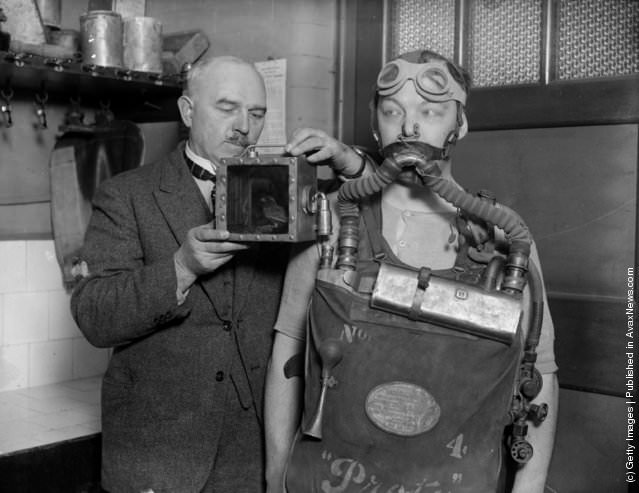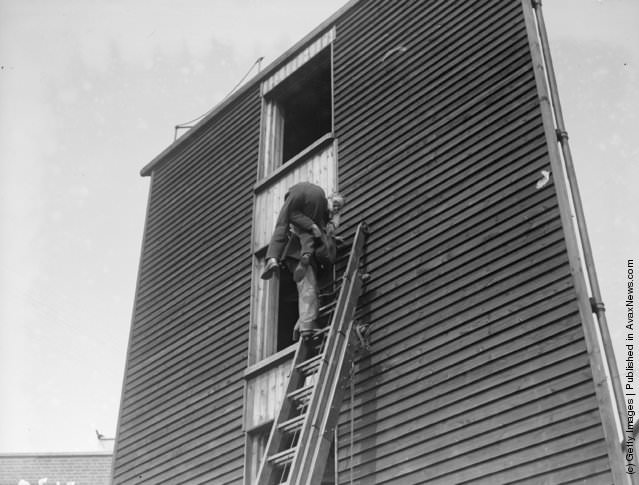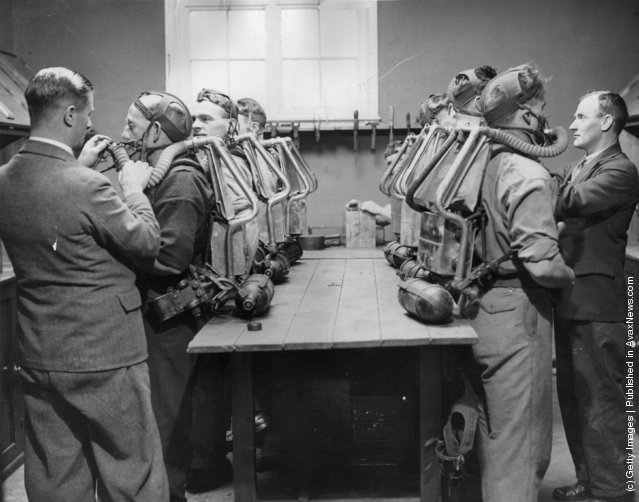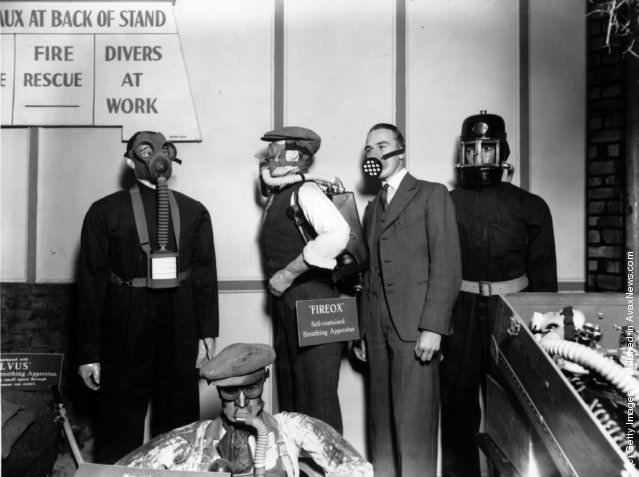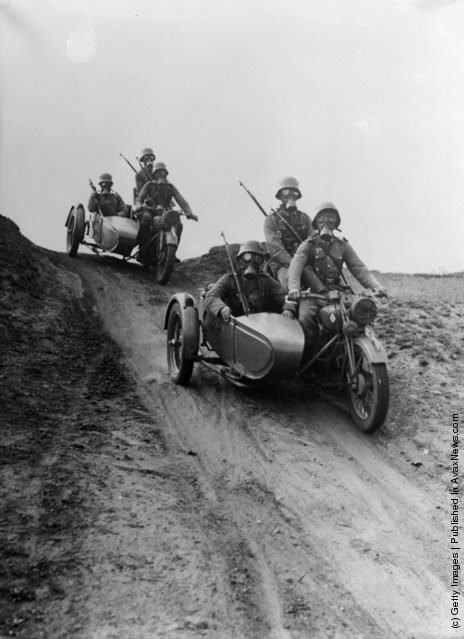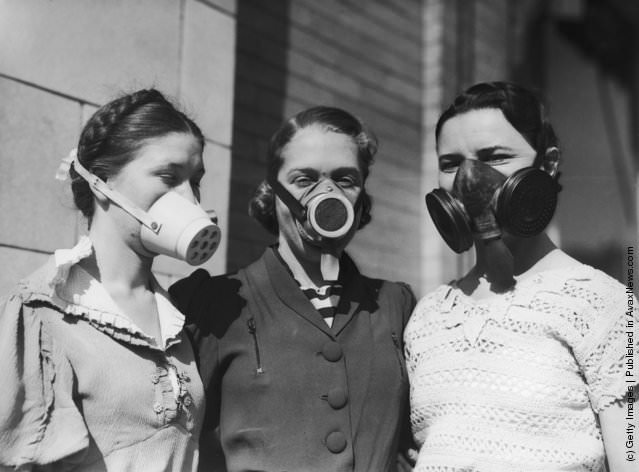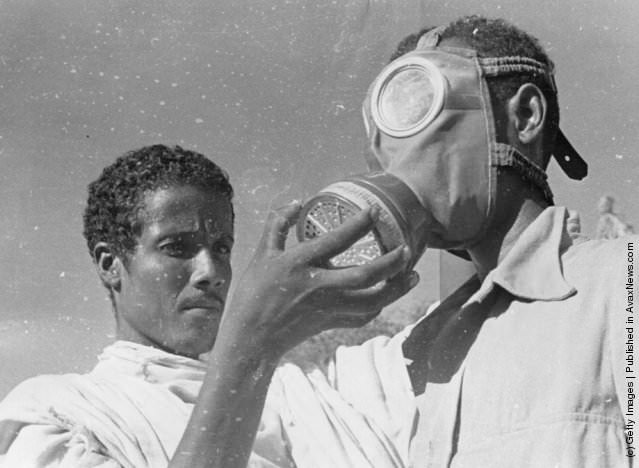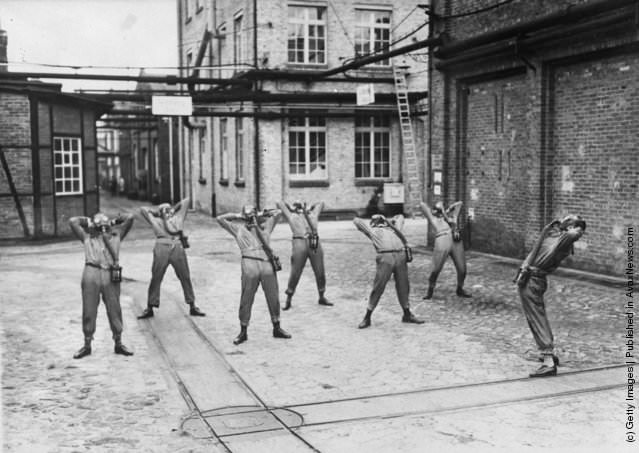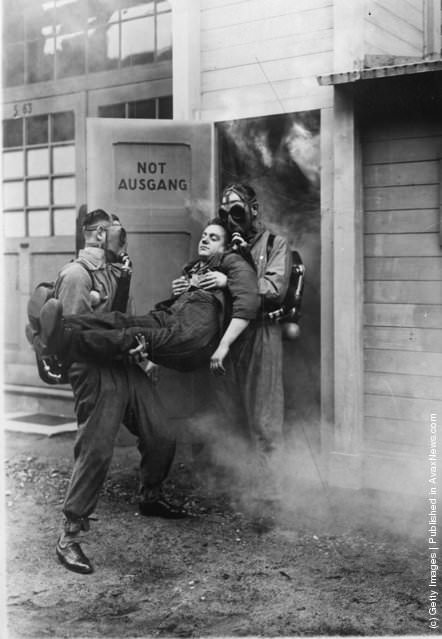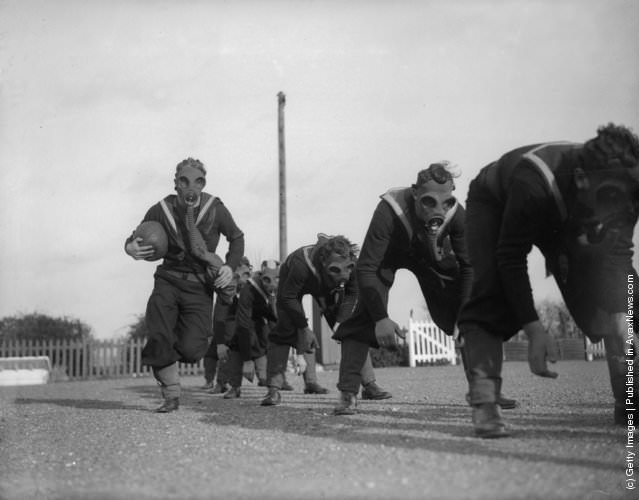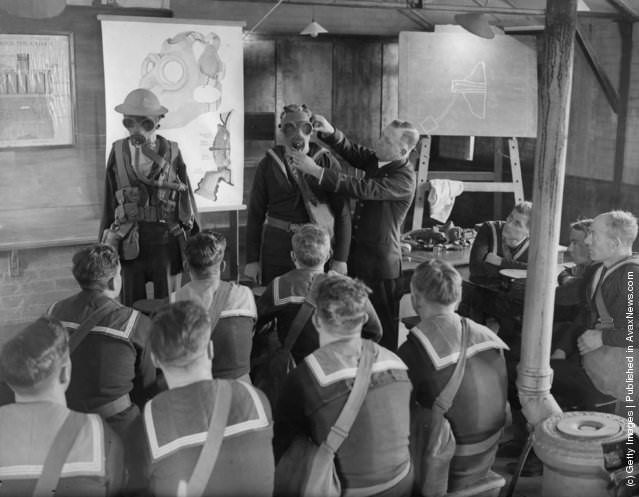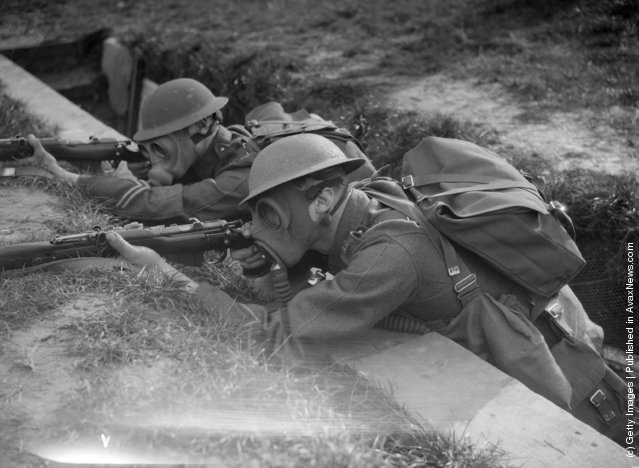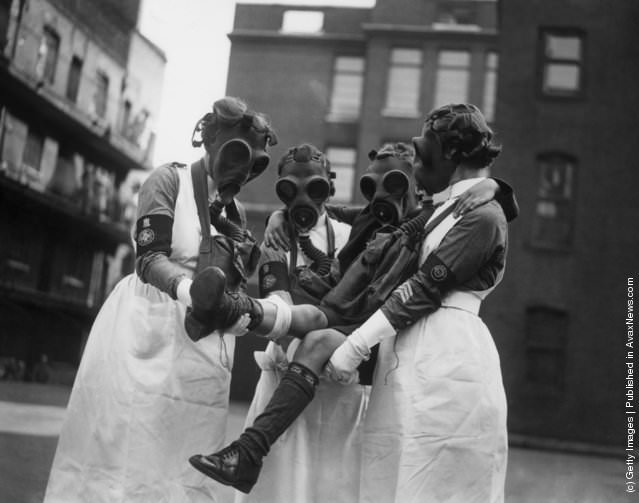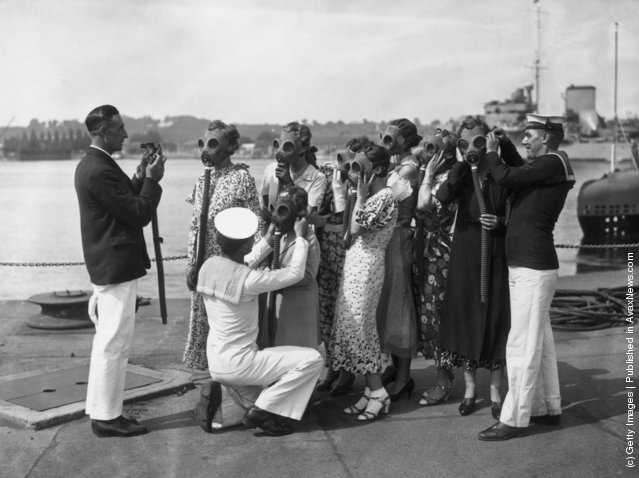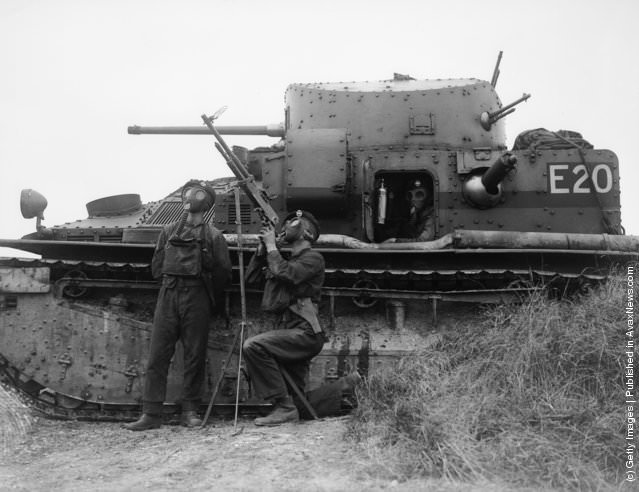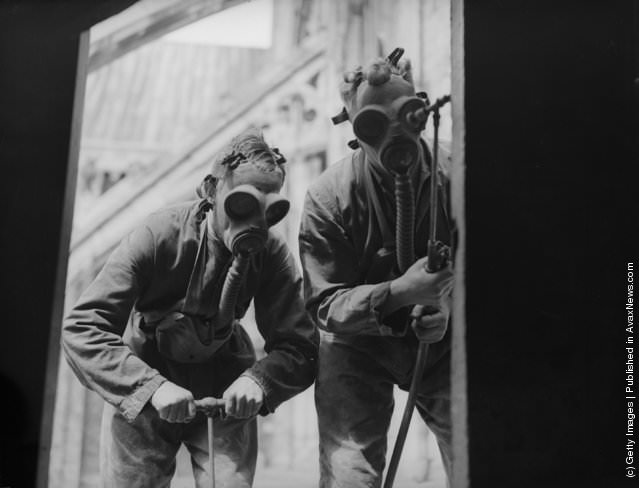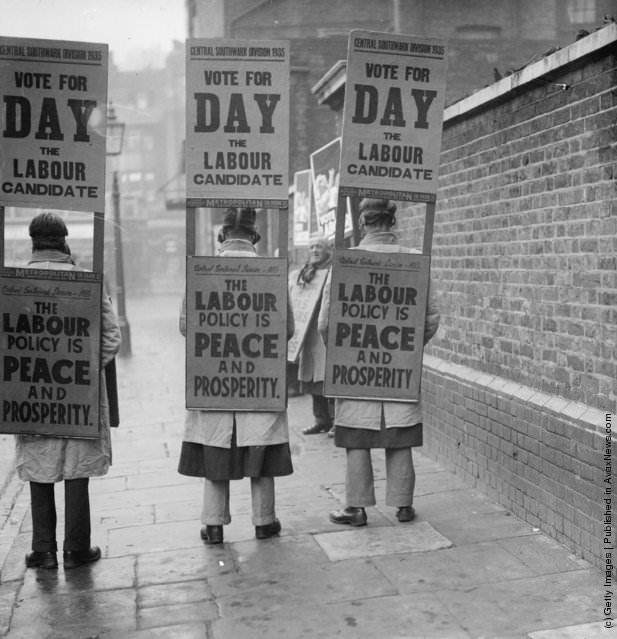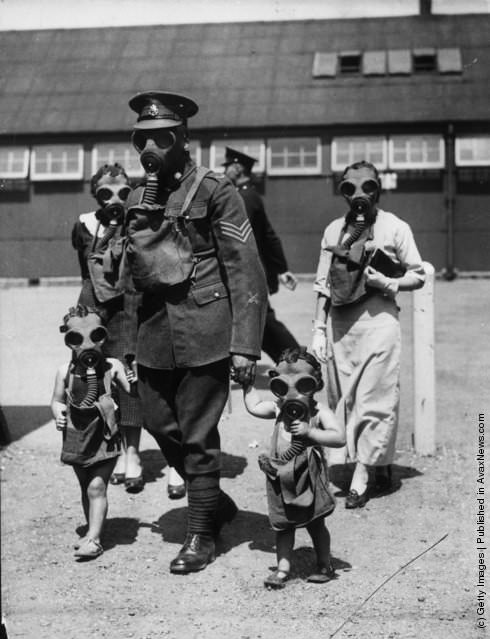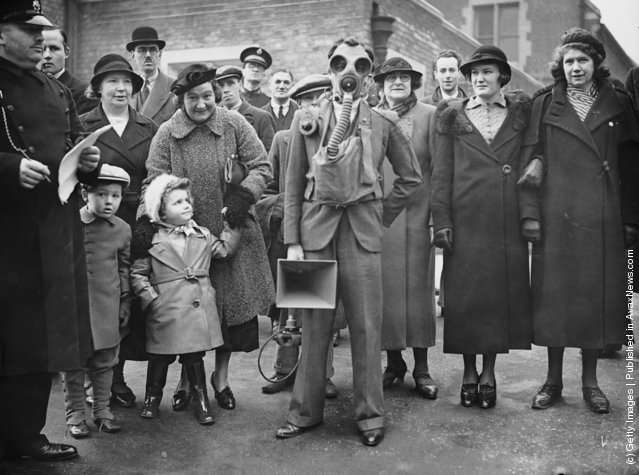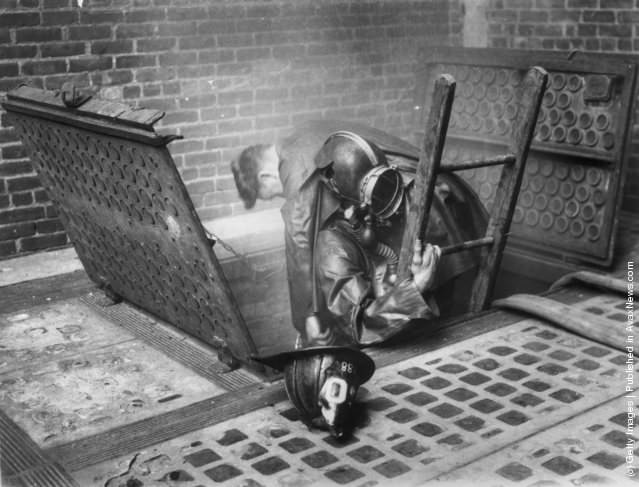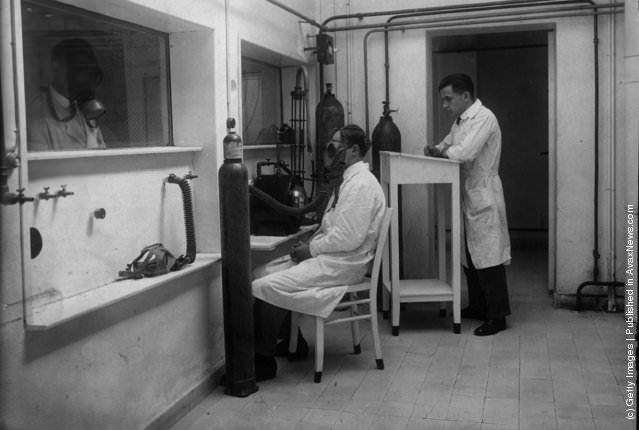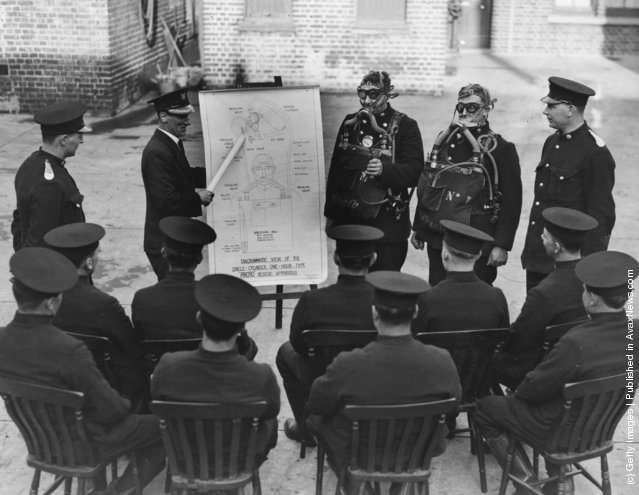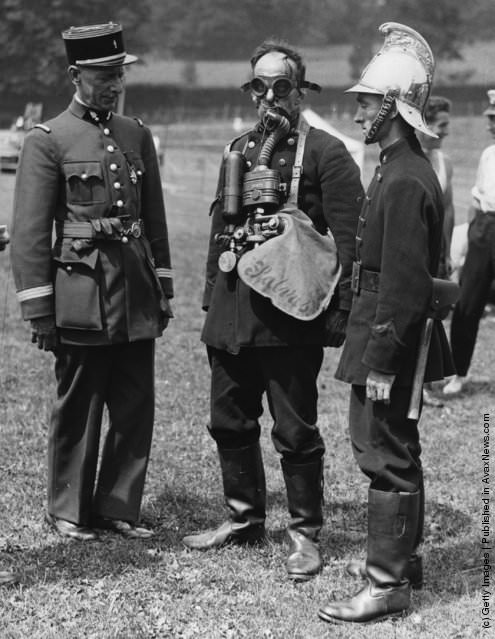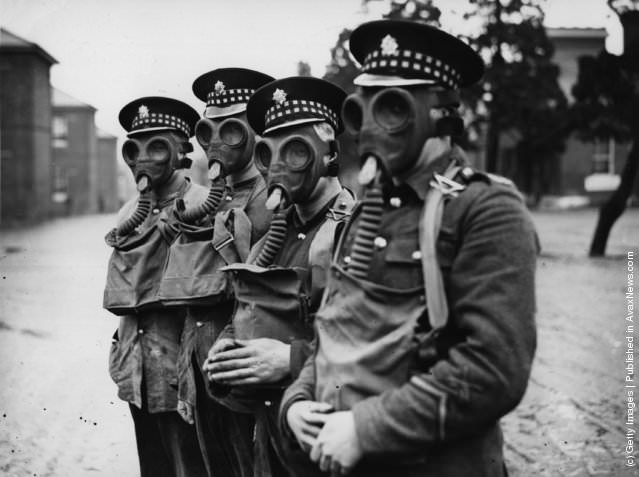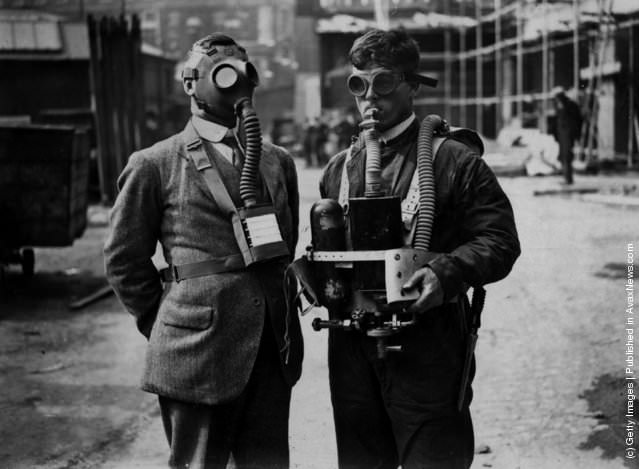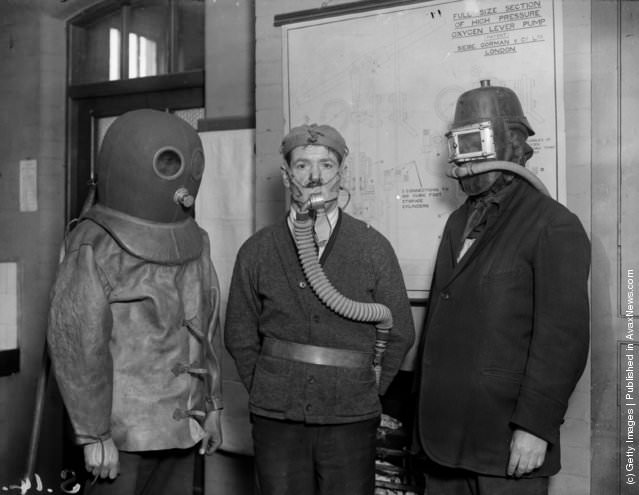The First World War introduced a terrifying new weapon: poison gas. Soldiers faced attacks using chemicals like chlorine, phosgene, and the especially dangerous mustard gas. Mustard gas was difficult to detect and caused horrific injuries or death hours after exposure. This left a deep fear of gas warfare in the minds of many people.
Even after the fighting ended in 1918, the fear of gas attacks didn’t simply disappear. Governments and citizens in the 1920s and 1930s knew that future conflicts could involve this silent, invisible threat. The memory of the war and the known effects of gases like mustard gas kept the concern alive. As tensions began to rise again in Europe, especially in the 1930s, preparing for potential air raids and gas attacks became a serious matter.
Because of this ongoing worry, gas masks started appearing more in civilian life during these decades. They weren’t just military equipment anymore. Governments in several countries began to think about how to protect their entire populations, not just soldiers. This led to the development and distribution of gas masks designed for civilians, including women and children.
There were demonstrations and training sessions. People learned how to properly put on a gas mask and how to seal it against the face to prevent gas from getting in. These drills were part of a larger effort called civil defense, which aimed to prepare ordinary people for wartime dangers.
Read more
Gas masks for civilians in the 20s and 30s often looked different from the military versions used in WWI. They were generally simpler, sometimes with a single large eyepiece or two smaller ones, and a filter attached directly to the mask or connected by a hose. These masks were designed to filter out dangerous chemicals from the air people breathed.
Governments also created public information campaigns. Posters and leaflets explained the dangers of gas and the importance of having a gas mask ready. People were encouraged to keep their gas masks close by, not just during drills but as a normal precaution. This meant that seeing someone carrying a gas mask container became more common in daily life.


